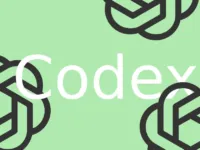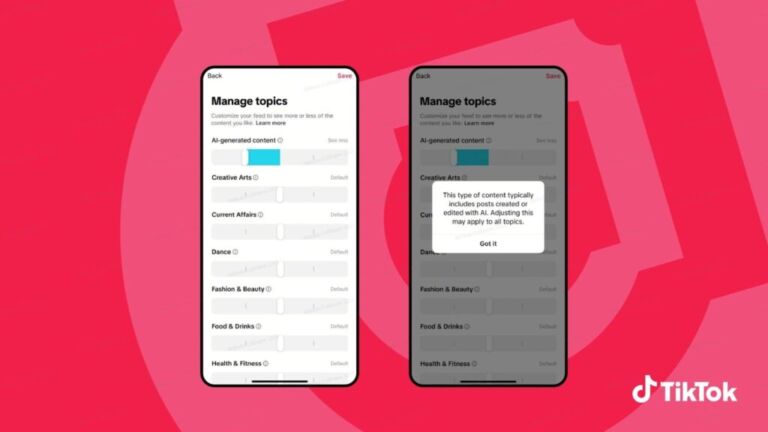Publié : 25 November 2025
Actualisé : 11 hours ago
Fiabilité : ✓ Sources vérifiées
Je mets à jour cet article dès que de nouvelles informations sont disponibles.
📋 Table of Contents
🤖 The Silent Invasion of “AI Slop”
Imagine your TikTok feed, that personal sanctuary of creativity and discovery, suddenly overrun by strange videos. Content that’s a bit clunky, often soulless, generated en masse by artificial intelligence with the sole purpose of cheaply grabbing your attention. This phenomenon is known as « AI Slop », and it has become a nightmare for many users.
While other web giants, like Meta with Instagram, seem to embrace this surge of AI-generated content – even launching dedicated apps – TikTok has made a radical decision. A sigh of relief can be heard from purists: the Chinese social network has listened, and it’s about to give us the tools to take back control.
Key takeaway: “AI Slop” refers to AI-generated content, often of low quality, whose sole purpose is to elicit easy and quick engagement, without offering real added value.
🎚️ The Control Slider: Taking Back the Reins of Your Feed
The good news is that TikTok isn’t leaving us alone to face this digital tide. In the coming weeks, a new button will appear in your « subject control center ». You know, that place where you already adjust the amount of dance, beauty, or fitness videos you want to see.
Well, soon, a slider dedicated to AI-generated content will be added there. It will allow you to gauge your exposure: reduce “AI gen” by two “notches,” or, if you’re so inclined, increase it by two times. It’s a strong move, an acknowledgment that quality outweighs quantity, and that user experience must remain a core concern.
🕵️♂️ The Identification Challenge: How Will TikTok Recognize AI?
Of course, for this system to work, TikTok needs to be able to distinguish human video from artificial creation. This is where technology comes into play.
The social network announced that it will integrate invisible watermarks into videos created using its own tools, like AI Editor Pro. But that’s not all: it will also take into account the C2PA Content Credentials standard. This protocol allows tracking the origin and AI modifications of content. A colossal effort that is already bearing fruit, as TikTok claims to have already labeled over 1.3 billion videos as being AI-generated.
📈 Why Generative AI is Booming, Nevertheless?
This paradox is fascinating. Even as we seek to filter out “AI Slop,” generative AI itself is experiencing booming success. Platforms like OpenAI’s Sora, solely dedicated to this type of content, are topping download charts. But why this craze?
97% of listeners today say they are unable to distinguish a song generated by AI from a track composed by a flesh-and-blood artist.
AI has become a natural extension of digital creativity, a new form of expression that pushes realism further and further. But this technical prowess is not without risks. The hyperrealism of AI creations raises enormous problems concerning misinformation and the dilution of verified information. It’s a double-edged sword, both fascinating and dangerous.
Important: While generative AI can be a powerful creative tool, its increasing realism poses huge challenges for misinformation and can drown reliable information sources in a flood of synthetic content.
📊 TikTok vs. Competitors: A Comparative Table
To better understand TikTok’s position, let’s take a quick look at how other platforms are managing the explosion of generative AI.
| Platform | Generative AI Approach | User Control over AI |
|---|---|---|
| TikTok | Filters and allows reduction of AI content | Control slider (reduce/increase) |
| Instagram / Meta | Actively encourages and integrates AI | Little to no direct control to reduce AI |
This table highlights a clear strategic divergence. TikTok seems intent on preserving the authenticity of its feed, while others view AI as an engagement driver in its own right.
TikTok’s move is more than just a feature; it’s a strong signal sent to the entire industry. At a time when our screens are flooded with information, true or false, the idea of regaining control over what we consume is a breath of fresh air. Is this the beginning of an era where we will finally be masters of our news feeds? Only time will tell, but it’s a significant first step towards a healthier, more conscious digital experience.
















0 Comments